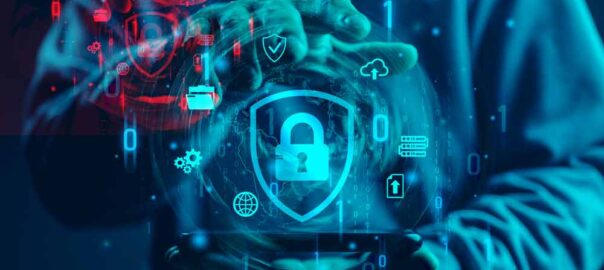Businesses these days conduct most of their processes digitally. On one hand, this is great because it speeds up transactions, improves data accuracy, and so on, allowing for faster and more efficient IT business development. But the heavy reliance on digital data brings new risks of data loss or damage. All businesses should have a good backup and disaster recovery plan to lessen these risks. We will explain to you what is BDR and how it impacts businesses.
An Introduction to What is BDR
BDR stands for “backup and disaster recovery.” It is a set of solutions that make sure data is safe and can be recovered after a disaster. A BDR plan aims to protect a business and maintain the continuity of operations despite any mishaps.
We often consider BDR solutions a defense against cyberattacks, which are becoming more frequent in recent years. But they are also beneficial in other circumstances, like keeping a business safe after a natural disaster or in any situation where the company’s data is at risk.
What a Sound BDR Strategy Can Do for Your Business
The lack of a proper BDR solution can have a negative impact on your business. At the very least, it can cause disruptions to your operation as your staff scrambles to recover all your data. In worst-case scenarios, you might not only find yourself with a destroyed business, but you may also face lawsuits as a repercussion of the disaster.
But if you have a tried-and-true BDR solution protecting your data, more than likely, you won’t have to face these dreadful scenarios. In addition, there are multiple other benefits that you can enjoy, such as the following.
Protection against Data Loss and Damage
There are so many ways for digital data to get lost, stolen, or damaged. It can happen through a data breach, a cyberattack, a system failure, human error, or a natural disaster. But if your business has a trusty BDR plan, it will protect your data despite any of these unfortunate incidents.
Better Data Security
Data security is integral to IT business development. A good BDR system makes sure of this by keeping a copy of all your business data, like contracts, transactions, client profiles, and so on, in a safe and remote location. Through high-tech encryption tools and physical security measures, we should protect data backups both physically and digitally.
Customer Retention
If you are not prepared for a disaster, you could lose hours or even days of downtime as you try to get everything back in order. Your clients will not be very forgiving of such situations and will probably leave and take their business to your competitors. With a sound BDR plan, you can have a quick and complete recovery, and your customers can have peace of mind and will not have a reason to leave.
Evaluating Your BDR Strategy
If your IT provider has already set up a BDR solution for your business, that’s great. But do you know how dependable it is? If disaster strikes, are you sure your defenses will hold up and keep your system and data protected?
Discover the impact that a BDR plan has on your business. Learn how the BDR plan affects your employees and the growth of your enterprise. For ideas and tips on creating your BDR strategy, download our FREE infographic or watch the video HERE.
We can also assess your existing BDR plan and make the necessary adjustments to make it perfectly suitable for your business needs. Call us today for a consultation!






